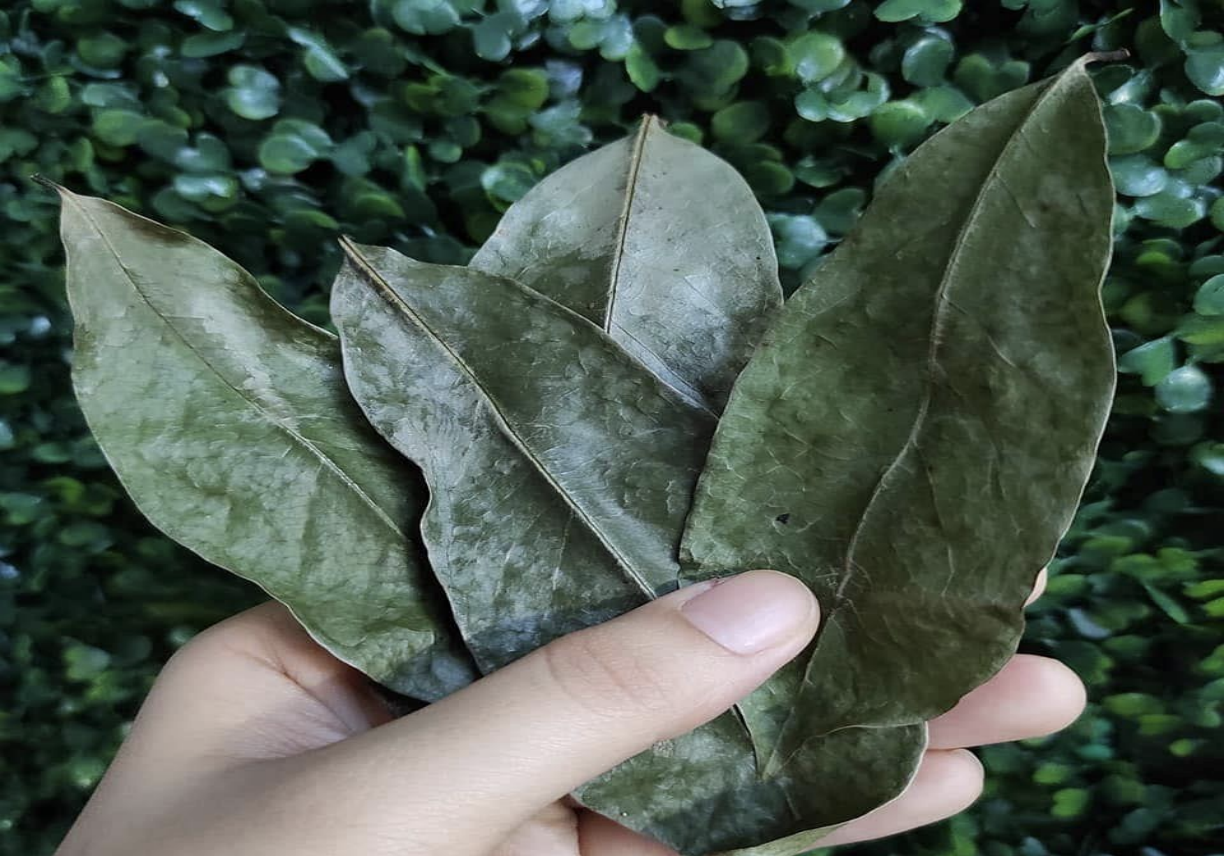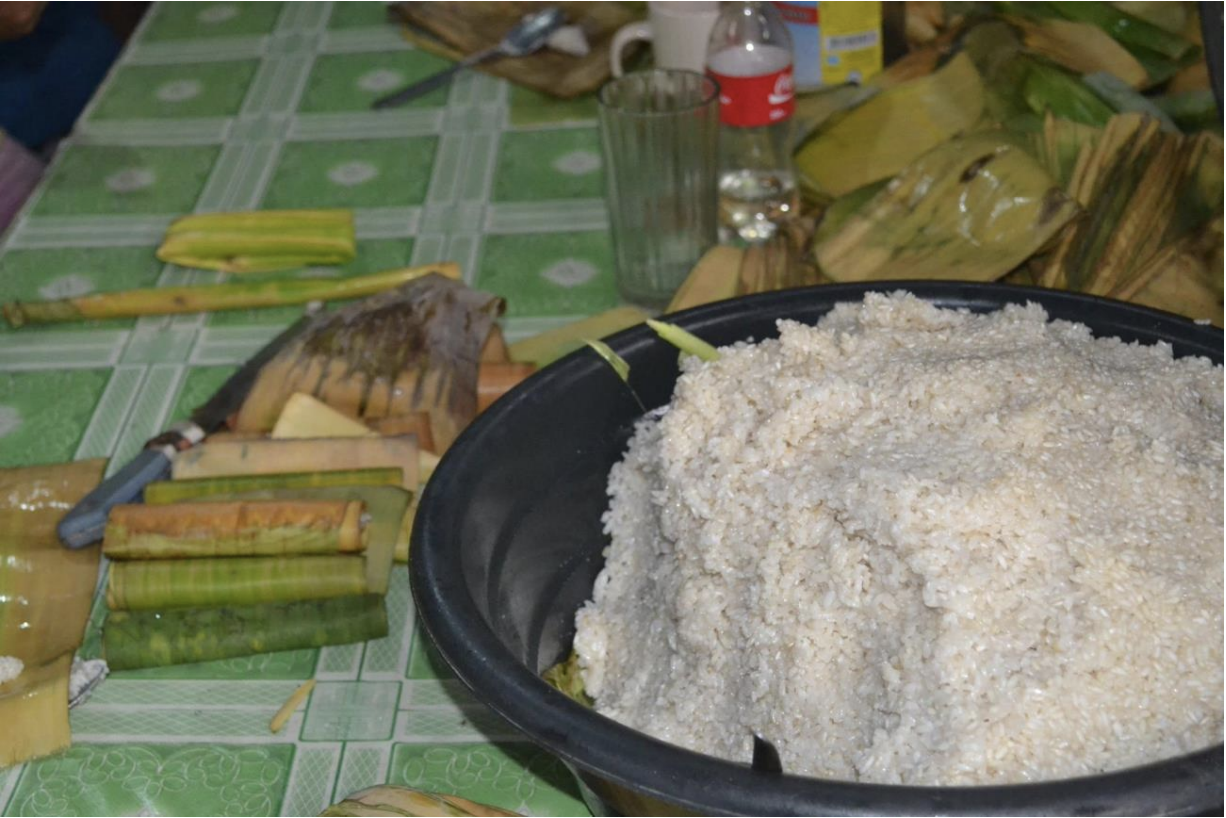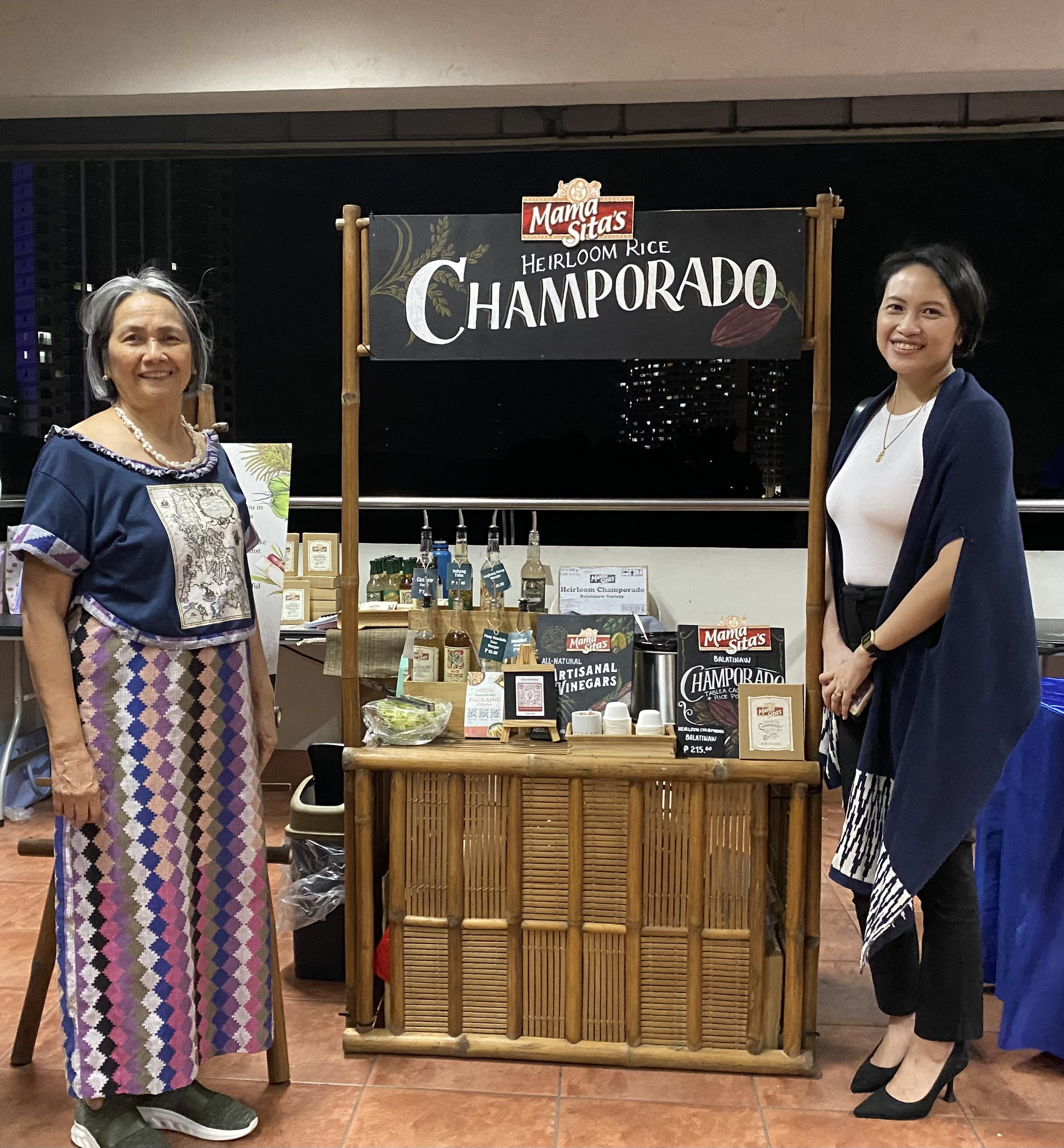Mga Kuwentong Pagkain (MKP) is delighted to announce the winners of Pamaskong Pagkaing Pilipino 2023, the holiday edition of its annual food storytelling contest. Garnering almost 300 entries, Pamaskong Pagkaing Pilipino puts a spotlight on Filipino celebrations, which is globally renowned for its meticulous preparations and heartwarming traditions. As with the previous MKP contests, last year’s round upholds the role of Filipino food in bringing families and communities together, but this time in the context of festive get-togethers like town fiestas and other holidays.
Nurturing a love for culinary heritage among Filipino youth through food stories
The Mama Sita Foundation, which birthed the MKP initiative, also put more effort in promoting the contest in local and international schools. This is in line with the Foundation’s vision of inspiring Filipino youth to develop an appreciation for Philippine culinary heritage through the telling and retelling of stories centered on food.
More than half of last year’s entries came from high school students in the Philippines and abroad. In appreciation of the support from schools that actively promoted the MKP 2023 contest to their student bodies, the Foundation gave away cash prizes and plaques to Timoteo Paez Integrated High School in Tondo, Manila and the International Philippine School in Jeddah KSA for submitting the most number of entries among the participating schools.
Pamaskong Pagkaing Pilipino 2023 winners
The third prize was awarded to Joey Rodrigo for his essay entitled “Sumang Pasko ng Bulakan (Bayanihan sa Kapaskuhan)”. The essay, written in crisp and vibrant Filipino, is a wonderful tribute to the solidarity of the townsfolk in Bulakan who get together in the early morning of Christmas Eve to prepare Sumang Pasko, a delicacy made of glutinous rice and purple yam sauce. The tradition of making this delicacy, which spans generations, is a testament to the strong community spirit in Bulakan, as well as their commitment to preserve their town’s culinary heritage. Joey is currently the Executive Secretary of the Dangal ng Bulacan Foundation, Inc. a group dedicated to preserving Bulacan’s cultural heritage. He has been winning essay-writing contests since he was a student, and has appeared in TV, radio, and online programs as a resource person on Bulacan’s history and cultural heritage.
The second prize went to Mark Caranzo for his essay, “An Asthmatic’s Idea of a Feast”. Written in flawless English, Mark makes a case for the Filipino trait of inclusivity through the lens of his own unique experience as an asthmatic person with a limited capacity for gastronomic adventure. In turns humorous and introspective, Mark’s story also speaks of a mother’s steadfast and ardent love, personified in an unnamed dish – chunks of beef seasoned with readily available condiments – something that his mother always had on standby, and could whip up in a flash, in case there is nothing else on the potluck laden table fit for his consumption. Mark is currently a Department of Science and Technology (DOST) scholar at the University of the Philippines, Diliman taking up Molecular Biology and Biotechnology. On the side, he is a campus journalist and a content creator.
Taking the plum award is Reynadel Cayetano for her piece “Pochero ng Aking Kabataan”. Written in beautiful and lyrical Filipino, Reynadel’s essay features touching glimpses of childhood nostalgia, strong familial bonds and the role food plays in creating these, and snippets of historical trivia, effectively utilizing all these elements to frame her main subject – her mother’s delicious Pochero, the recipe of which, she generously shares. Reynadel, or Edel for short, is a writer for multimedia platforms. In 2022, she won the top prize at the 21st Doreen Gamboa Food Writing Awards for her essay on Philippine Ube.
The three winning entries were selected by representatives of the Mama Sita Foundation using the following criteria: 40% Cultural Significance – or the entry’s ability to convey a cultural element in Philippine Christmas celebrations or holiday traditions built around Philippine cuisine; 20% Narrative Effectiveness which evaluates the entry’s storytelling in terms of clarity and pace; 20% Theme Relevance which looks for strong alignment with the initiative’s overall theme of uniting people through Filipino food; and the remaining 20% for Creativity and Originality which refers to the entry’s uniqueness in storytelling approach, style, and technique. All the winners received cash prizes and Mama Sita’s gift packs.
More than a decade of Filipino food stories
Now on its 13th year, MKP remains committed to promoting Philippine cuisine, especially among the youth whose preferences and tastes are being shaped by a myriad of forces on the digital realm and beyond, and in diasporic communities where there is a stronger clamor to understand cultural roots and identity through food, and its origin stories.
Through stories built around cherished family recipes, hometown culinary traditions, regional food folklore, and locally grown ingredients, MKP aims to celebrates the uniqueness of Filipino food and offer it as a worthy contender among the world’s best cuisines.
Stay tuned for more announcements on MKP 2024 which hopes to activate a deeper engagement with schools here and abroad through more meaningful and sustained partnerships focused on Philippine culinary heritage and the stories that continue to shape it.





































